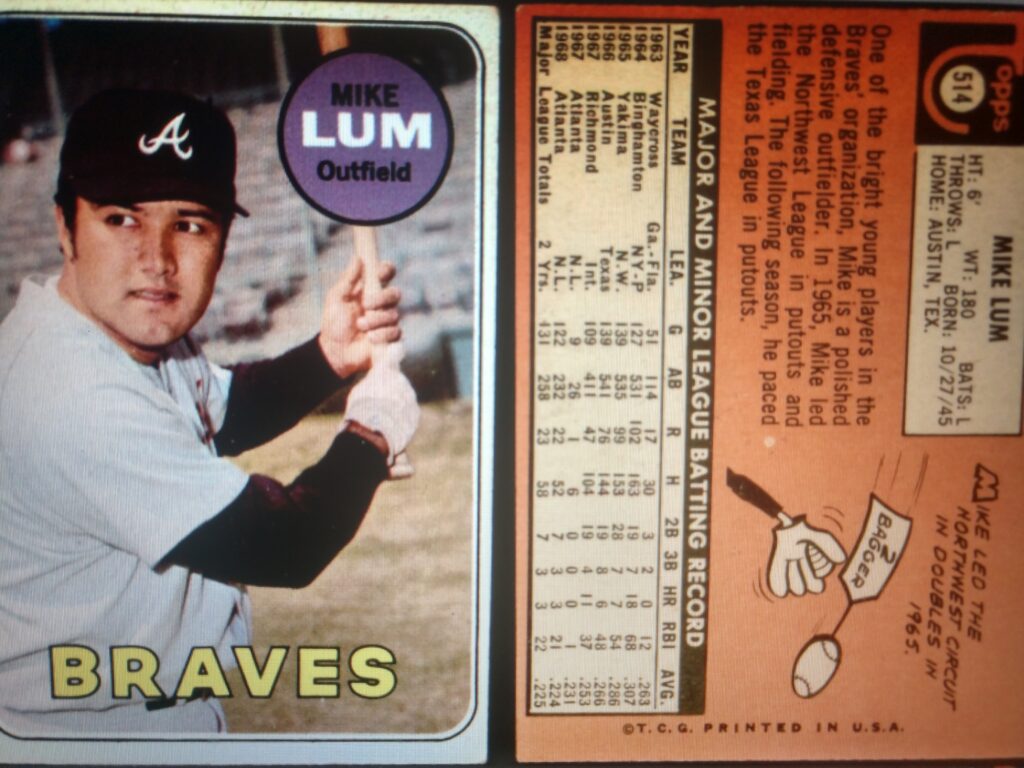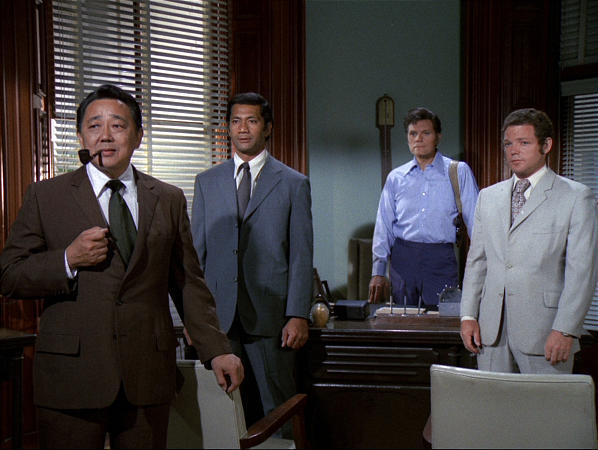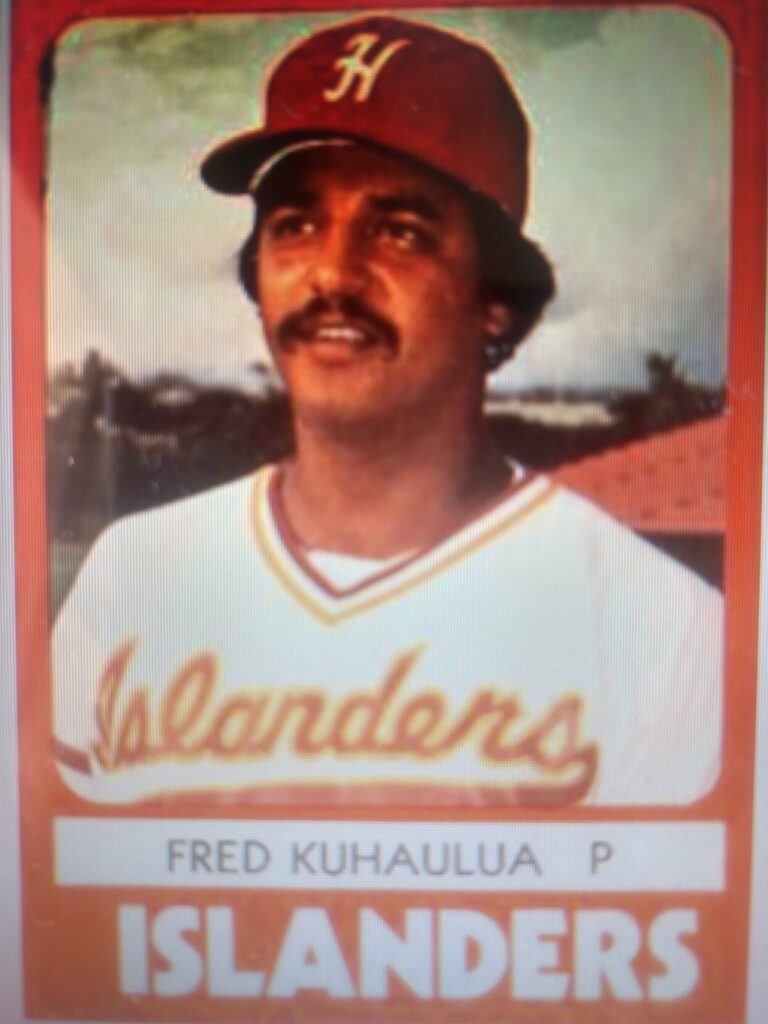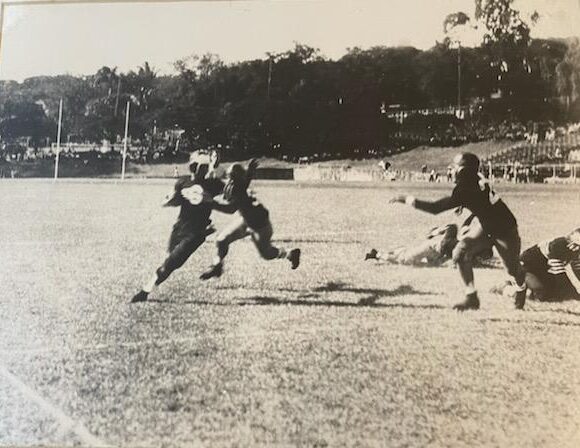
Some may say “You can’t miss what you never had,” but the University of Hawai’i men’s basketball team might beg to differ.
Senior wing Samuta Avea and senior guard Juan Munoz never did suit up for the Rainbow Warriors this season, and they each won’t after going through major surgery soon. But head coach Eran Ganot, his staff and the players all know things won’t be the same as expected without the pair of perimeter shooting threats.
“When you hear the news, in the moment, these guys are so close, it’s really tough,” Ganot said on Monday. “You gotta put yourself in the position of the student-athletes, and the guys who really enjoy playing with them.”
Senior center Mate Colina said Avea and Munoz “could be like our brothers,” especially having entered UH as a freshman with Avea four years ago.
“It’s devastating,” Colina said. “But going forward we just hope the rest of our teammates will step up. I’m sure we’ll still feel their presence, they will still be around us, they’ll still be team members, and (will) play an influential role in what we have and what we’re trying to do.”
Junior Madut, a senior wing who will be expected to again fill a void left by Avea, also used the word “devastated.”
“It was definitely disappointing for us as a unit, as a team,” Madut said. “All of us were pretty devastated, we were all excited to play with each other, we’re pretty close. But we’ve all taken a progressive approach, and we’re looking forward to the season. We’re all going to stay positive and stick together and be there for those guys while they’re going through this process.”
The Warriors certainly do not have much time to mope, as they beat UH-Hilo, 97-67, in the season opener on Nov. 10, followed by a game versus Northern Colorado the following night, and then Pacific on Nov. 13 in the Outrigger Rainbow Classic.
Avea, an athletic 6-foot-6 leaper and legitimate 3-point threat, was likely projected to start at the wing position after opting to sit out last season for personal reasons. Munoz, a 6-foot transfer from Longwood, shot 38.4 percent from beyond the arc in three seasons there and was named to the All-Big South Conference second team.
Ganot said it won’t take one or two players to fill the void; it will take all of them.
“When you lose a guy or two, it’s not a direct replacement, because everybody is different,” said Ganot, who is entering his seventh season at the helm. “So it’s ‘next man, every man,’ it’s going to be collective. We’ll be a little different in some ways.”
A turnstile count of 297 fans last week got to see a glimpse of what the Rainbow Warriors will look like at UH’s 72-60 exhibition victory over Chaminade on Nov. 1. Avea and Munoz watched that game from the bench in street clothes.
Colina, a 7-foot post, scored 19 points and grabbed 12 rebounds and Madut added 16 points and four assists.
Bernardo da Silva, a 6-9 sophomore post, contributed 11 points off the bench.
The victory was by no means easy, as the Silverswords led 54-53 until 5:35 remaining in the game before Colina and Madut helped UH close it out with a final 19-6 run.
In particular, the Rainbow Warriors struggled with defensive rebounding in the second half, allowing Chaminade to snag 11 boards off the offensive glass. Hawai’i also was a bit stagnant against a 1-3-1 halfcourt zone defense after halftime, before finally re-establishing an effective open-court transition game in the closing minutes.
And the Rainbow Warriors did not shoot very well from the free throw line, sinking just 12 of 22 attempts, including only 3 of 8 in the first half.
“It’s unique, early in the year you prepare as much as you can, and then you see some things you hadn’t seen,” Ganot said. “In the moment, it hurt us, but in the long term, it helps us. That’s really what the scrimmages and exhibitions are for, not just different styles, but different actions, different coverages. I think we watched it (on film), and I think we’re better for it. We didn’t rebound to the ability we’d like, we were inconsistent at times, we didn’t come out of the gates well in the second half.
“Things we’re doing well, we gotta continue to do well, and things we need to clean up, certainly were focus areas for us.”
Colina said it was all correctable, and the Rainbow Warriors ironed most of it out in the practices afterward.
“I think it’s just like sharpening up the game altogether, very miniscule things that we needed to fix and I think we’re definitely on top of it now. I think the biggest thing was being able to push out a lead once we had it, and now we can show that we worked on it and got better at it.”
Madut said the Silverswords presented a unique challenge that kept UH on its toes throughout the game.
“Firstly, credit to Chaminade, because they did a good job of throwing a lot of different stuff and things that we hadn’t seen yet, and we had to adjust in the moment,” Madut said. “We all watched the film, and there’s a lot of things we can fix. It’s very early for us right now, so we’re still kind of learning each other and learning our roles, and the offense and stuff like that. So I just think we need to keep hammering and keep working every single day and just trust the process, and it will work out, for sure.”





